The General Council of the Comarca Naso Tjër Di of Panama validates the draft of its Organic Charter
After eight months of work, the Naso Comarca has created an Organic Charter that reflects its cultural values and the protection of Mother Earth.
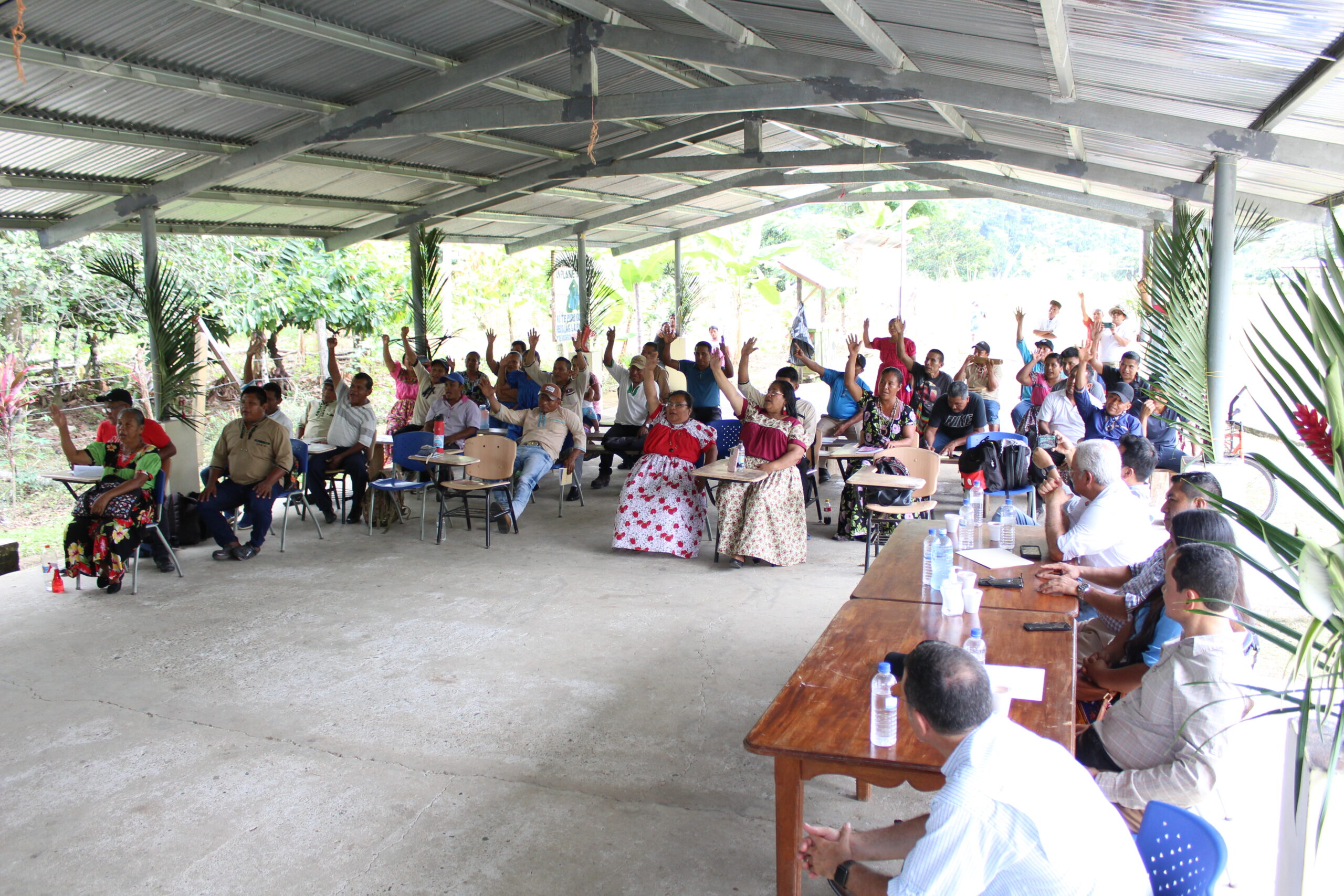
The cultural values of the Naso people of Panama are embodied in their Organic Charter. The Charter contains the methods that the Naso people use to preserve the cultural and biological biodiversity of their territory, methods to elect or dismiss their authorities and representatives, divide their lands by family and communities, and how they administer justice related to land and the development of the community economy.
The process to draft the Organic Charter of the Naso Tjër Di Comarca began when the Naso General Council approved the project to Strengthen the Indigenous Agenda of Panama (FAIP) in August 2022. Since then, three training workshops to draft and reach a consensus on the Organic Charter. The first workshop was held in October 2022 in the community of Sieyik, the capital of the comarca, a second workshop was held in the community of Drudi in February 2023, and a third in the community of Bonyik in May 2023.
In each of these workshops over 50 traditional authorities such as the Pjoshwega (traditional justice administrators) and Dboriaga (community representatives before the King) participated and explained to the technical commission of the comarca how the final document should be written.
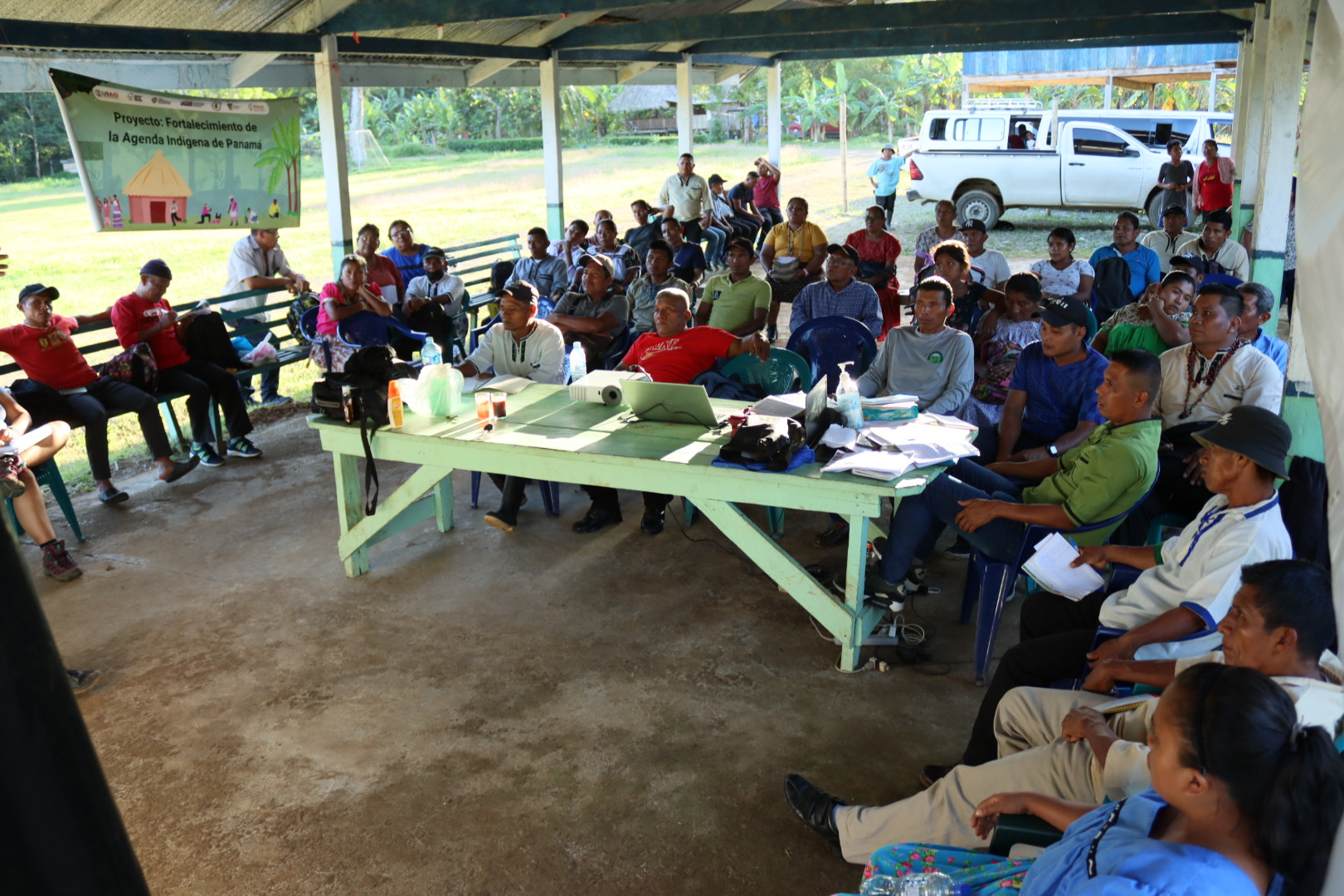
METHODOLOGY
The elaboration of a Charter is an open, participatory, and extensive process where authorities and community members must express their experiences, opinions, and suggestions so that The Charter reflects a democratic representation of the principles and ideals of the people who create it.
For this purpose, the Naso King, Reynaldo Santana, summoned the technical commission of the Organic Charter, the Naso General Council, and representatives of the 16 communities of the comarca to the workshops to draft the Organic Charter. The representatives agreed upon the organization chart, the administrative and political body of the territory, and designated functions to each organizational group.
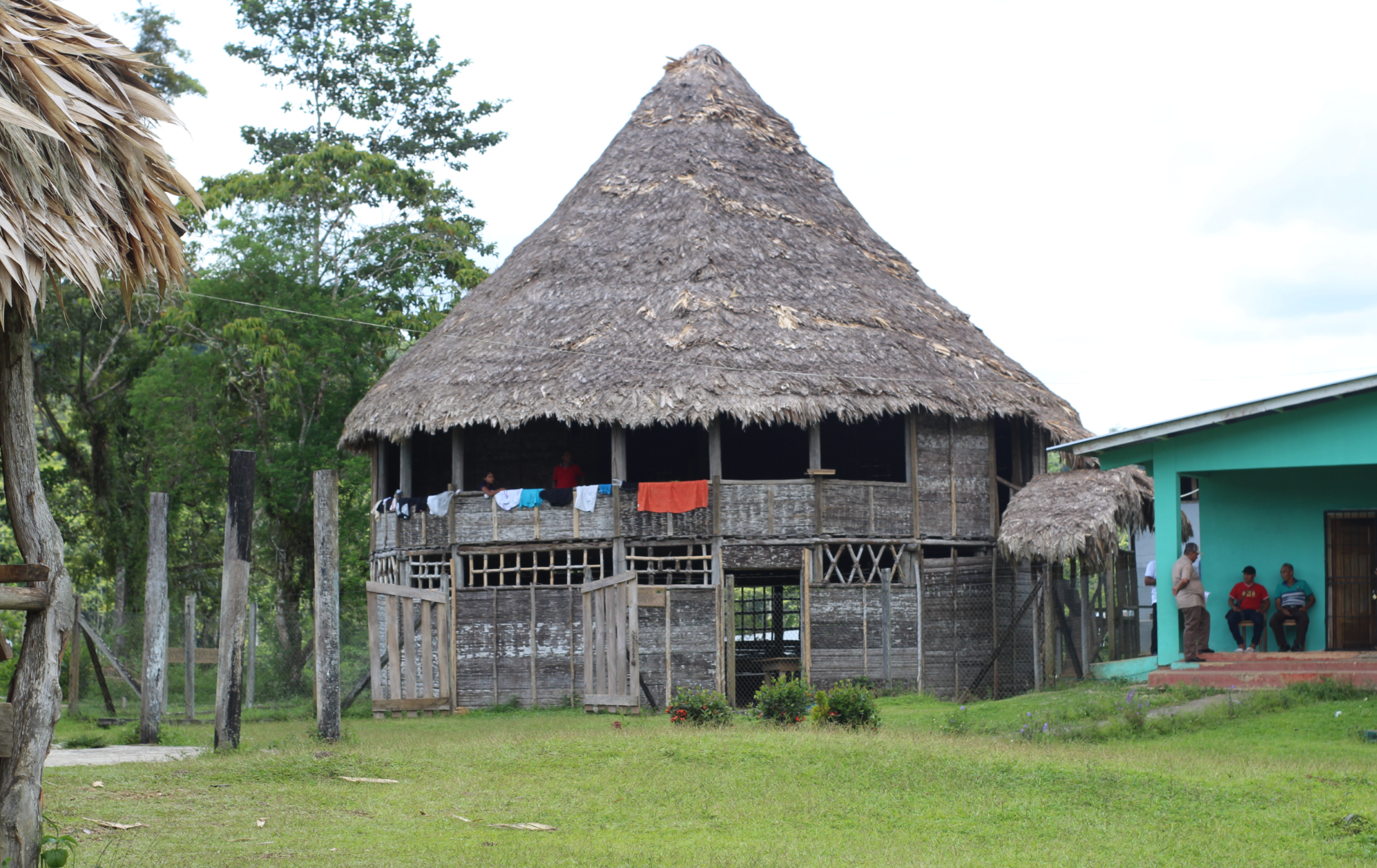
Although the Organic Charter had not been written until now, its procedures, methods, and structures have been in place for centuries through the way the Naso people live in harmony with their land.
ADMINISTRATION OF TRADITIONAL JUSTICE
The technician of the Organic Charter Commission, Adolfo Villagra, clarified that, although there should be a close relationship between local authorities, the No Daga (community police) must comply with the requests of the Pjoshwega, meaning the No Daga is subordinate to the Pjoshwega and they do not have the same powers to administer justice.
Currently, even though Panamanian law recognizes the right of Indigenous traditional authorities to apply justice, the Naso people still use Western justice to resolve community cases, which takes power away from the Pjoshwega and gives those responsibilities to the State.
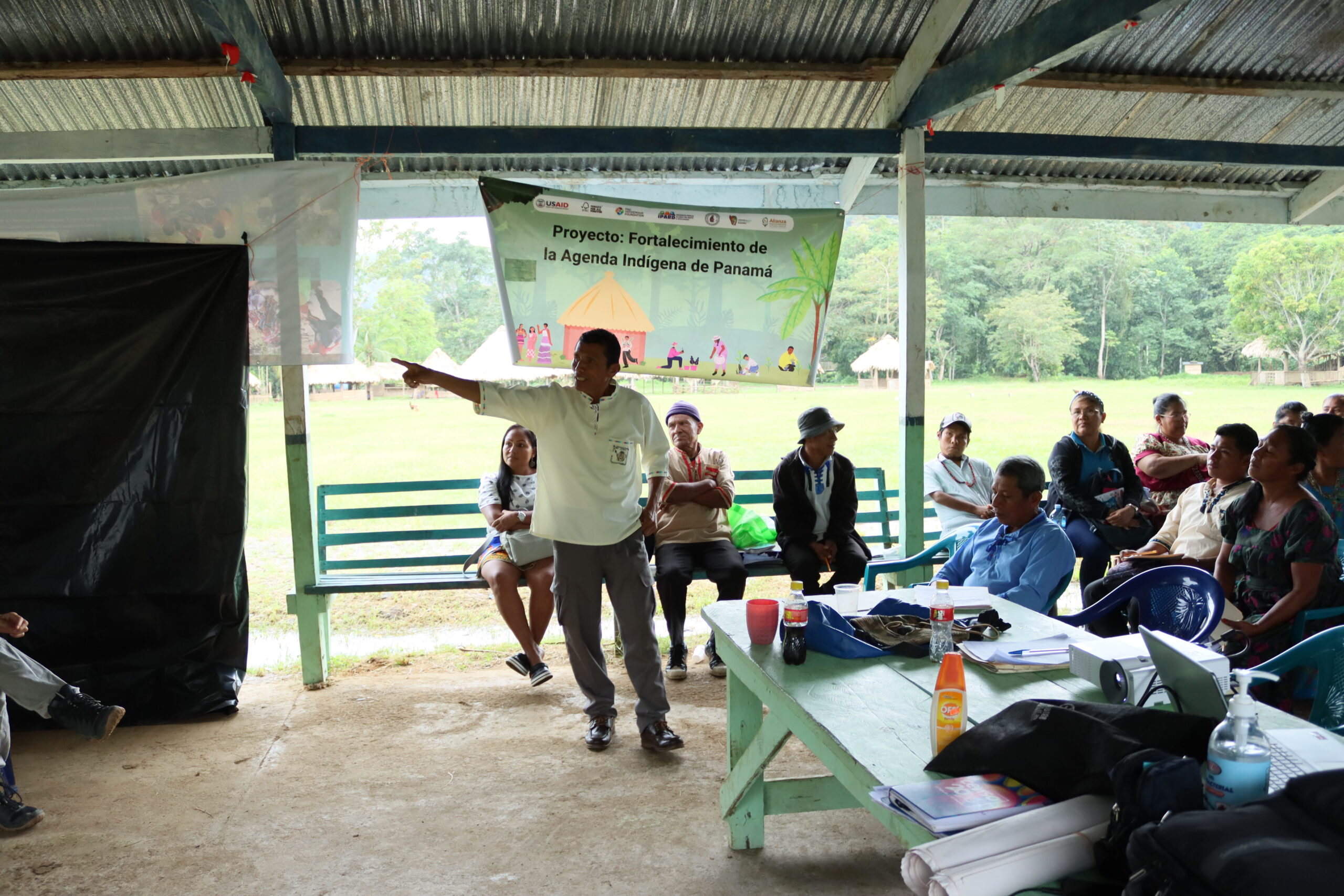
CREATION OF COUNCILS FOR WOMEN, YOUTH AND ELDERS
The Organic Charter also opened new political spaces for women, youth, and the elderly, such as the Women’s Council, the Youth Council, and the Council of Elders. These institutions proposed by the community and the authorities will ensure the representation of these populations in the General Council, which is the comarca’s body for consultation, consensus, coordination, and administration.
Some of the women who supported the creation of the Women’s Council belong to the United Women’s Organization of Bonyik (OMUB), including Rosibel Quintero, entrepreneur of the Posada Media Luna, and teachers Yeraldin Villagra and Gerardina Hooker.
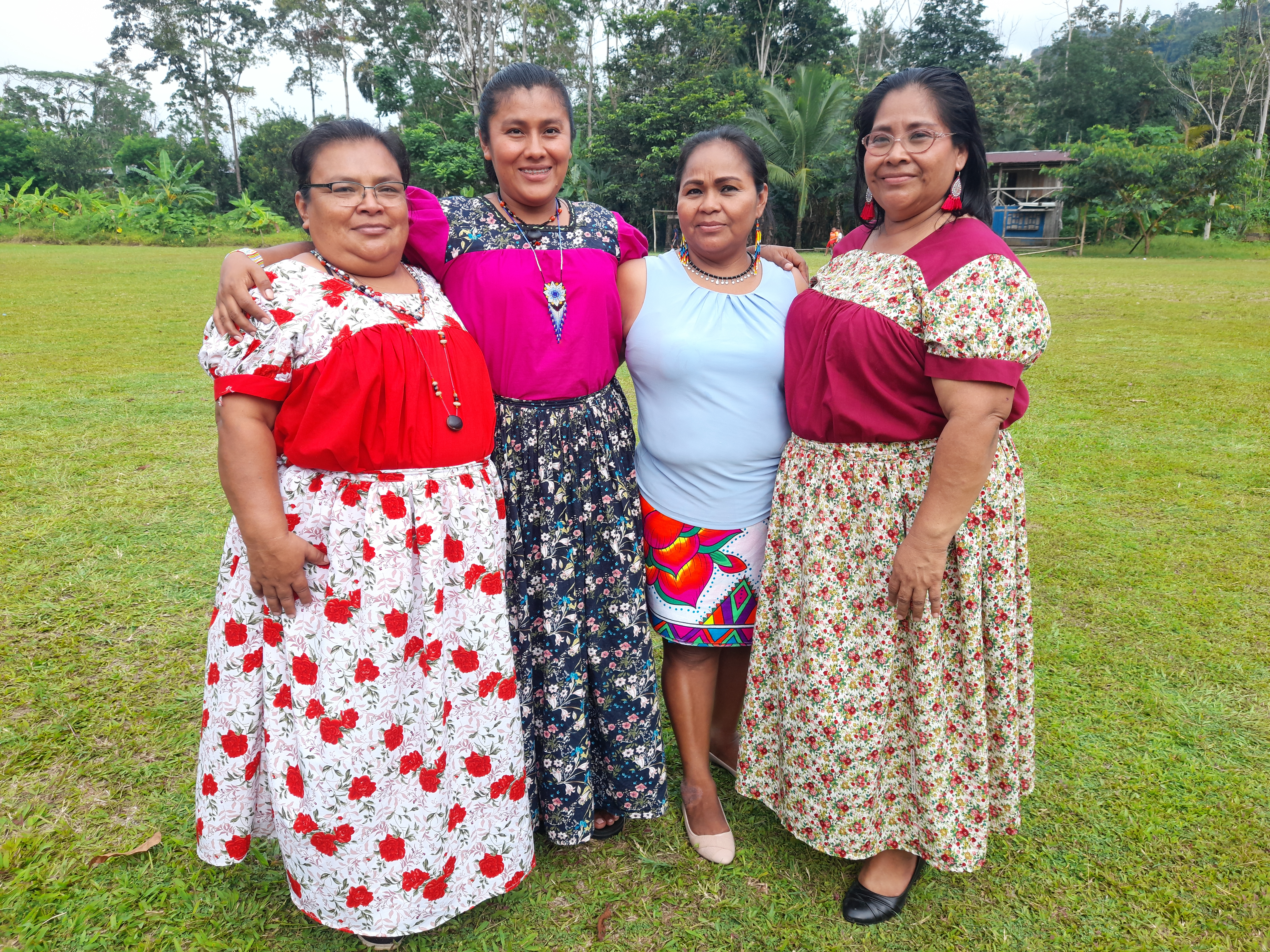
PROTECTION OF THE GODDESS TJËR
From the beginning, King Reynaldo Santana has always defended the conservation efforts of the Naso Tjër Di Comarca. The Organic Charter establishes various mechanisms and projects to protect the environment, such as recycling projects, reforestation, and the creation of nurseries, herbariums, and sanctuaries for different native species.
In addition, he says the Charter also creates a “double shield” of protection for the goddess Tjër, sovereign of the Naso territory who gives her name to the region, because the Naso people are the true guardians of nature.
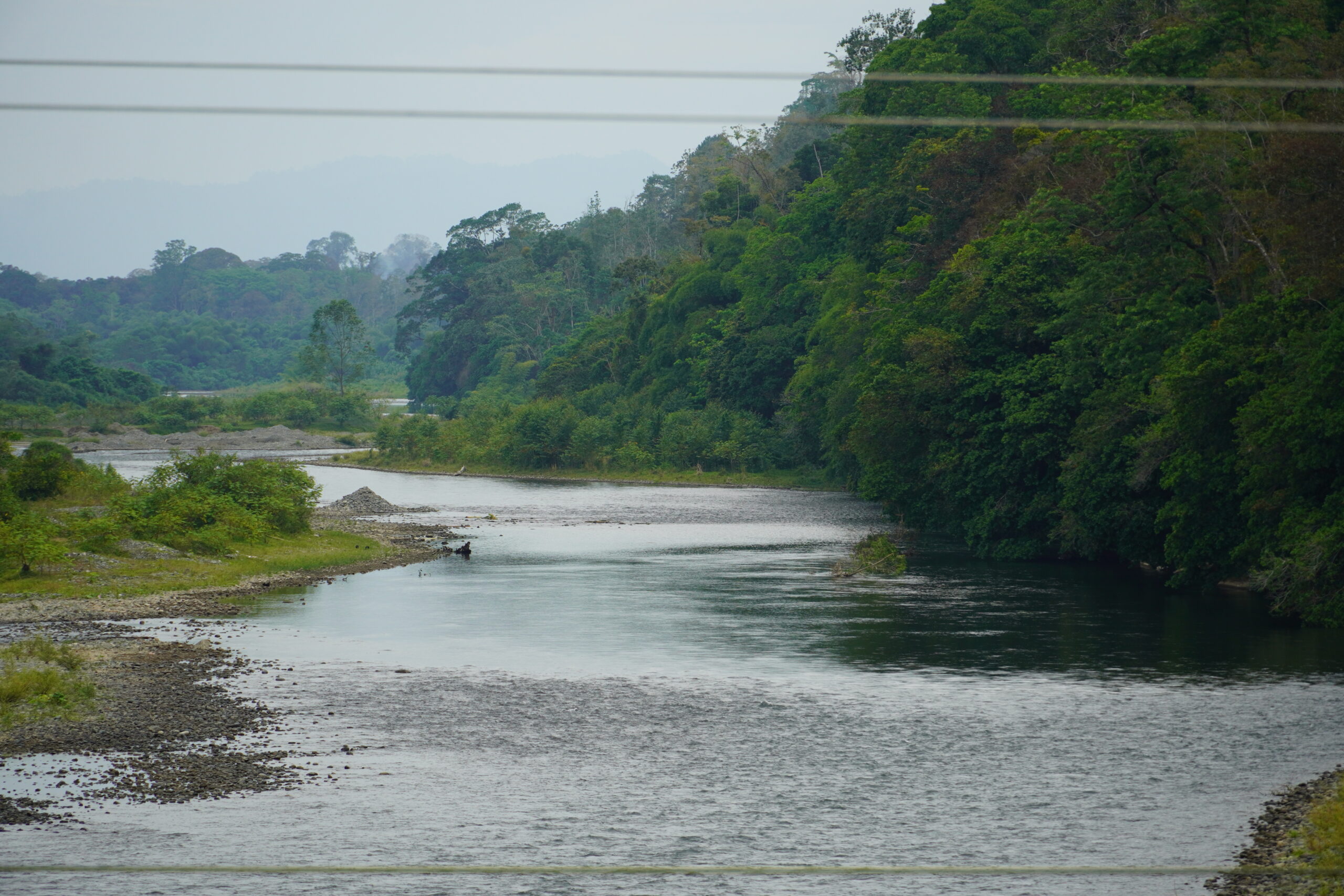
One mechanism that strengthens the Organic Charter is the right to consultation and free, prior and informed consent of the Naso people before projects that national or international institutions wish to execute within the comarca. This returns decision-making power back to the traditional authorities.
APPROVAL OF A DRAFT CHARTER
The approval of the draft Charter of the Comarca Naso Tjër Di by the General Council was celebrated in the community of Bonyik on May 2, 2023, in the presence of the King, the technical commission of the Charter, the Pjoshwega and Dboriaga and special guests such as the presidential advisor Andrés Wong and the advisor of the Vice-Ministry of Indigenous Affairs Emir Miranda.
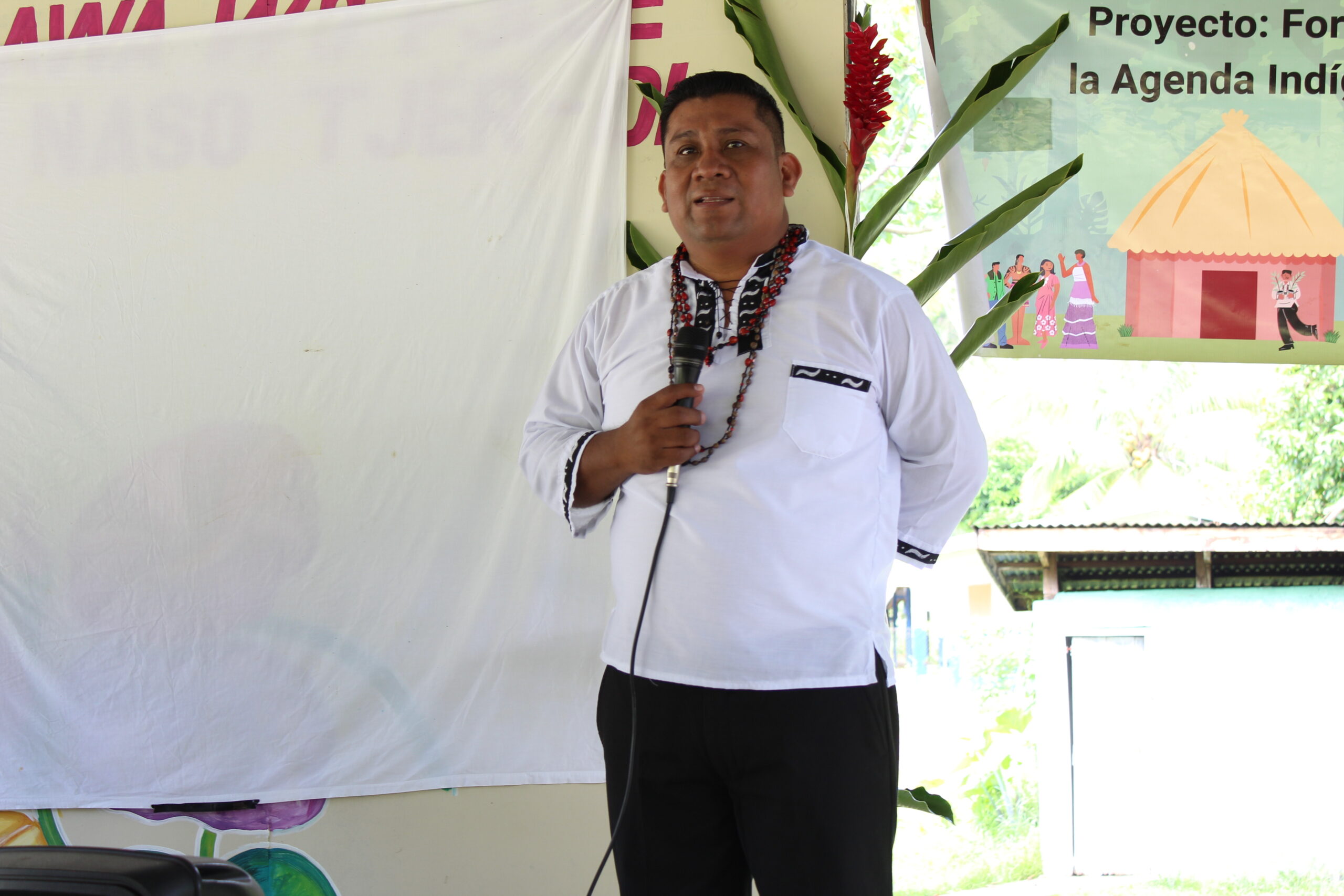
During the last eight months, the authorities, technical commission and residents of different communities worked on 180 articles of the Organic Charter.
According to the president of the General Council, Ignacio Bonilla, the effort to generate the Organic Charter has gone through several setbacks related to the economic capacity of the region to support visitors and supply their breakfasts, lunches, and dinners, in addition to convincing its population of the historical importance of the project.
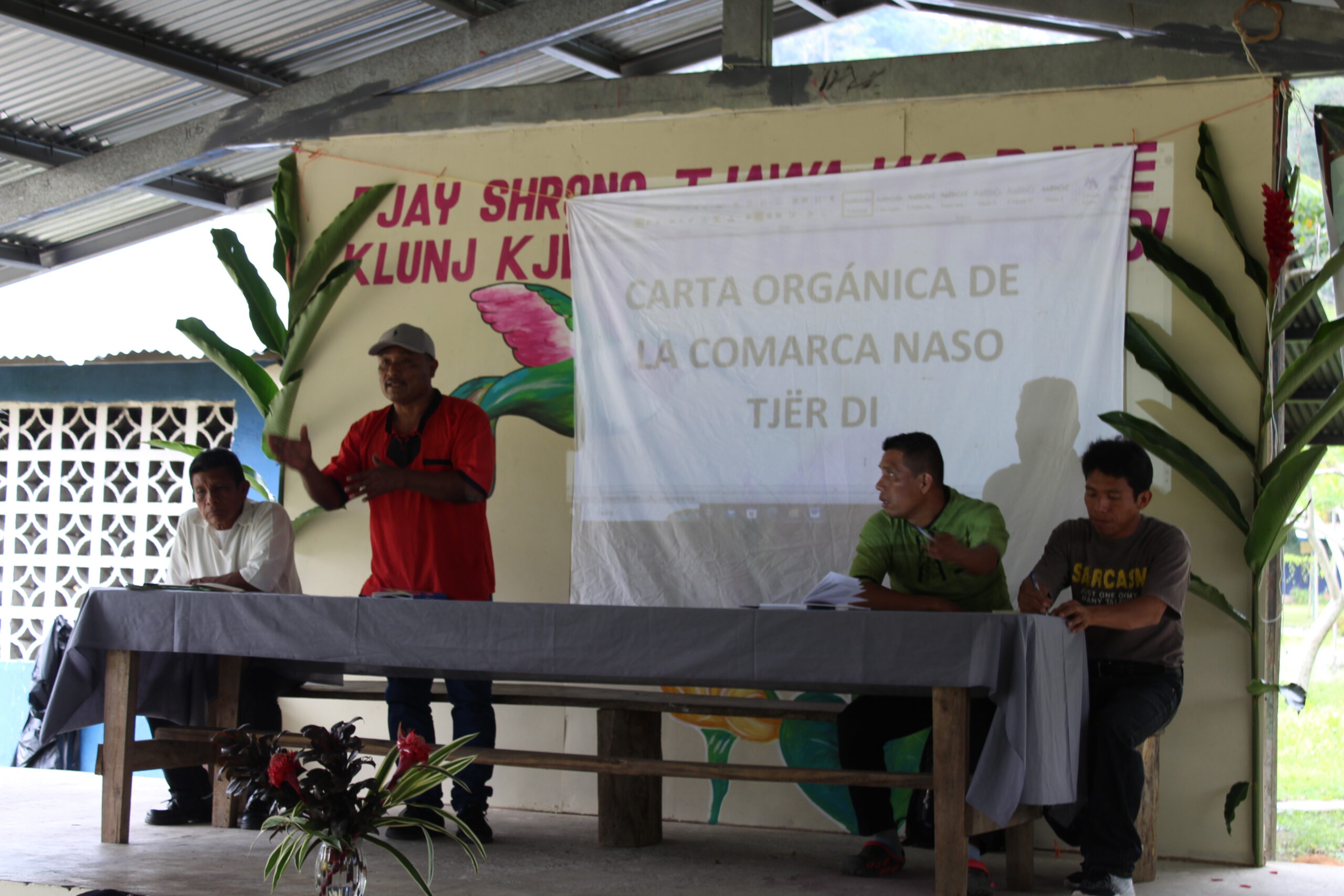
Partners were also invited to the validation ceremony including the director of the FSC Indigenous Foundation, Francisco Souza, the coordinator of the Mesoamerican Alliance of Peoples and Forests (AMPB), Levi Sucre, the president of the Mesoamerican Coordinating Committee of Women Territorial Leaders (CMLT), Sara Omi, and the president of the Association of Emberá Women Artisans (AMARIE), Omayra Casamá.
On the value of this process, Francisco Souza of the FSC Indigenous Foundation commented, “Recognizing governance is a recognition of the ancestry of the Naso people. Our commitment to share is to start with the Organic Charter as a first step, the second step is the development of Naso culture and self-determination.”
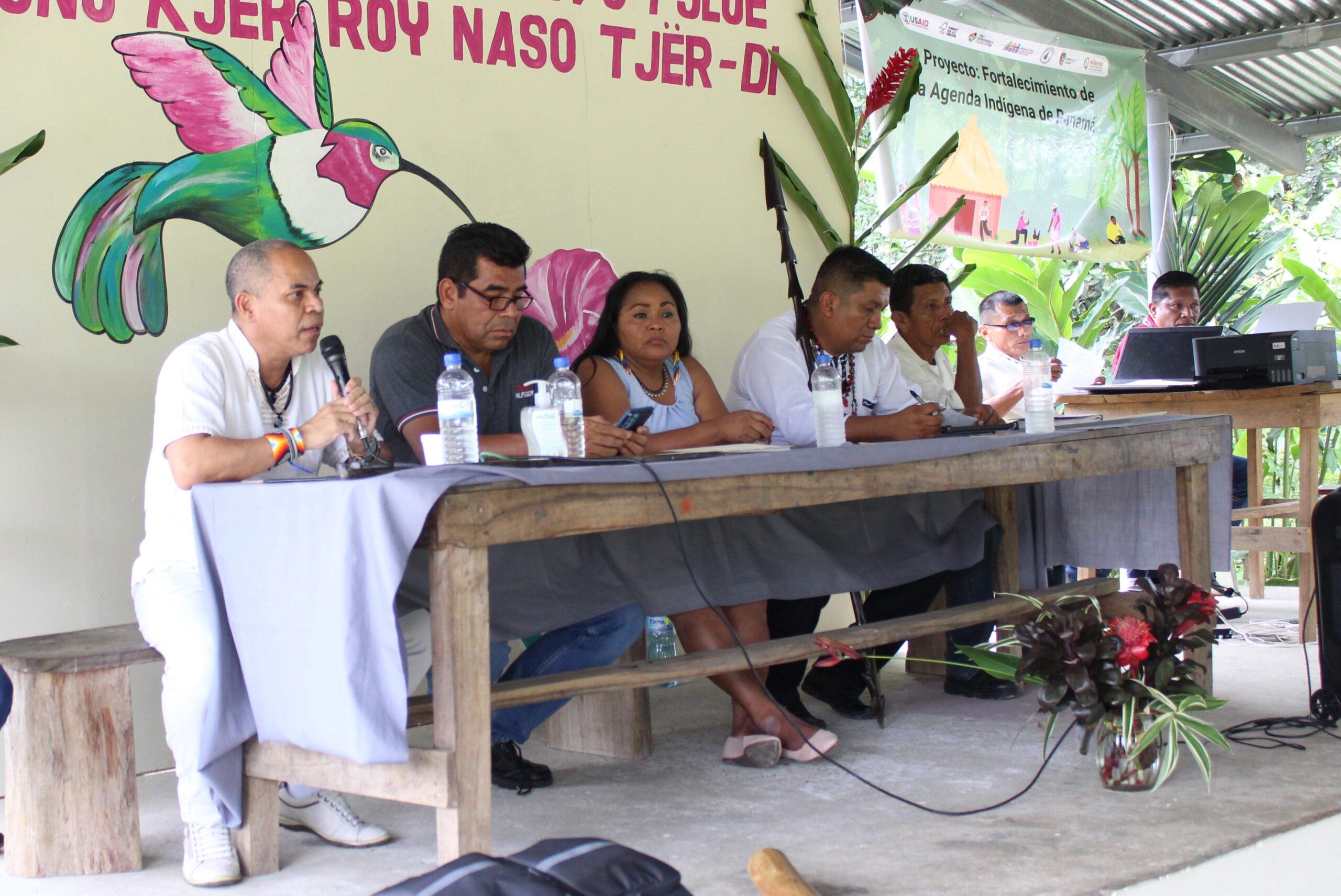
Omayra Casamá, President of AMARIE shared, “The Organic Charter is a guide, it is a method of legality, of security, of telling the government that we Indigenous Peoples are organized, we just had to write it down.”
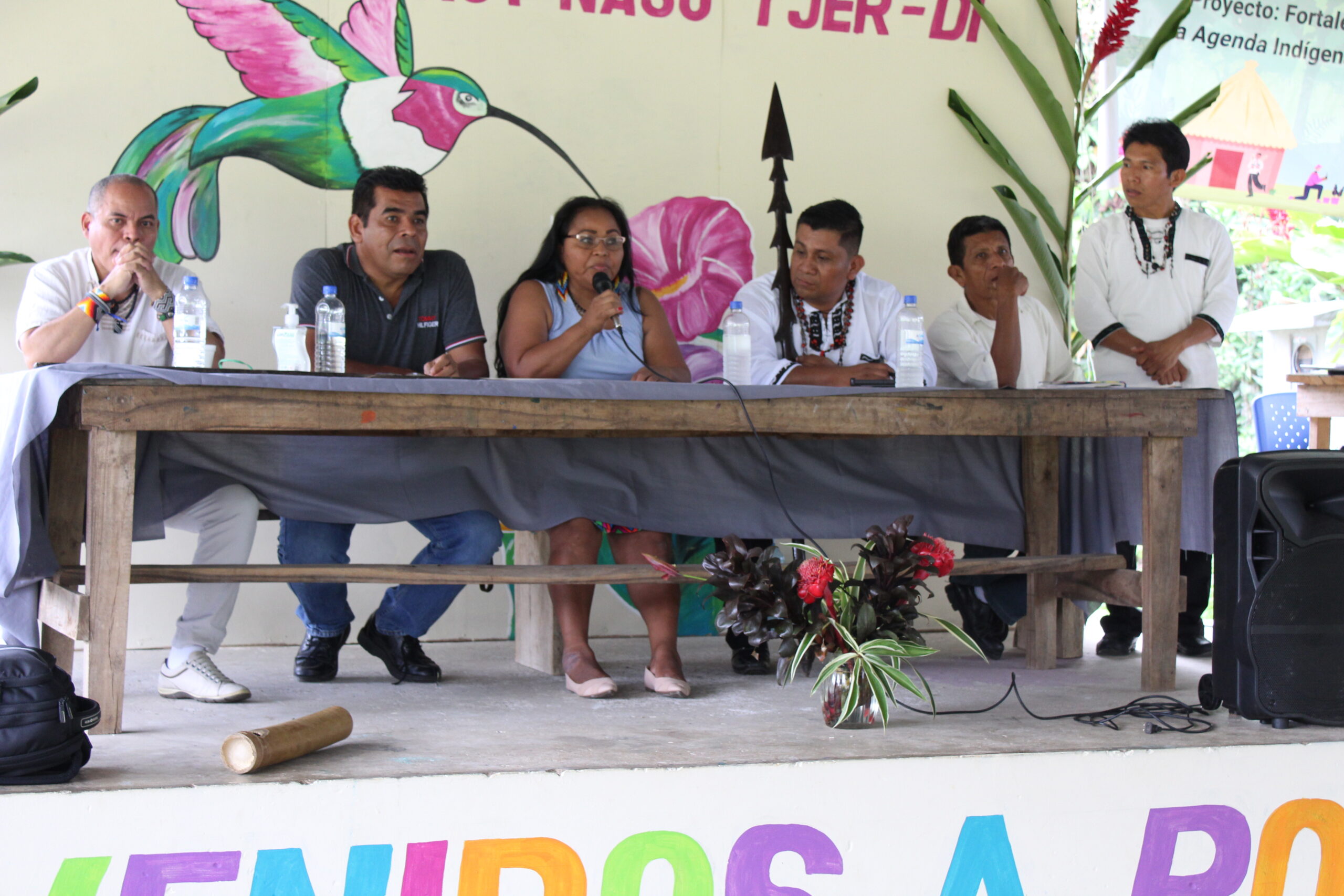
ABOUT THE PROJECT
In addition to the Naso Tjër Di Comarca, FAIP covers three additional Indigenous territories and aims to strengthen their political structures by drafting and publication of their organic charters or internal regulations.
The Kuna Comarca of Madungandi drafted the Internal Regulations of the General Congress and in this process, spaces were created for women and youth to share their opinions on the decisions made by the General Congress, which is mostly composed of men.
The drafting of the Internal Regulations of the Tuira Region of the Emberá and Wounaan Collective Lands of Darién has demonstrated, among other things, that there is another Indigenous People in Panama, the Eyabida people who migrated from Colombia due to the armed conflict between guerrillas and drug trafficking. This process also proved that coordination between transboundary communities is possible and necessary for democratic territorial governance.
As for the Organic Charter of the National Congress of the Wounaan People, the only political structure that uses the term “nation” and therefore encompasses all Wounaan communities in the Panamanian territory and the only one led by a woman, Cacica Aulina Ismare Opua, has demonstrated the importance of women participating in these political processes.
FAIP is funded by USAID and FSC, implemented by FSC Indigenous Foundation and framed within the Indigenous Peoples’ Alliance for Rights and Development (IPARD) program, executed in coordination with AMPB, CMLT and AMARIE.
